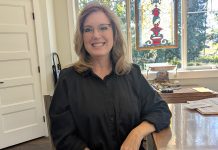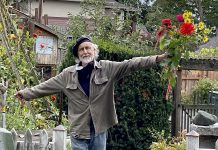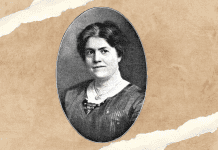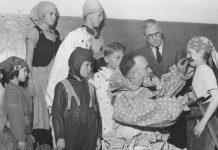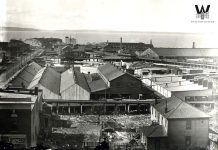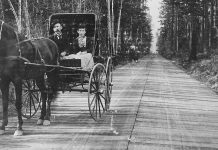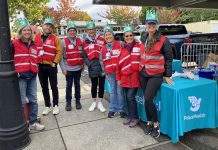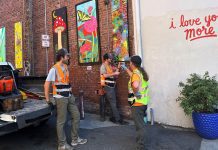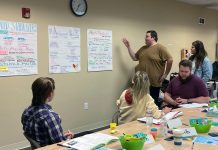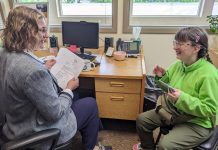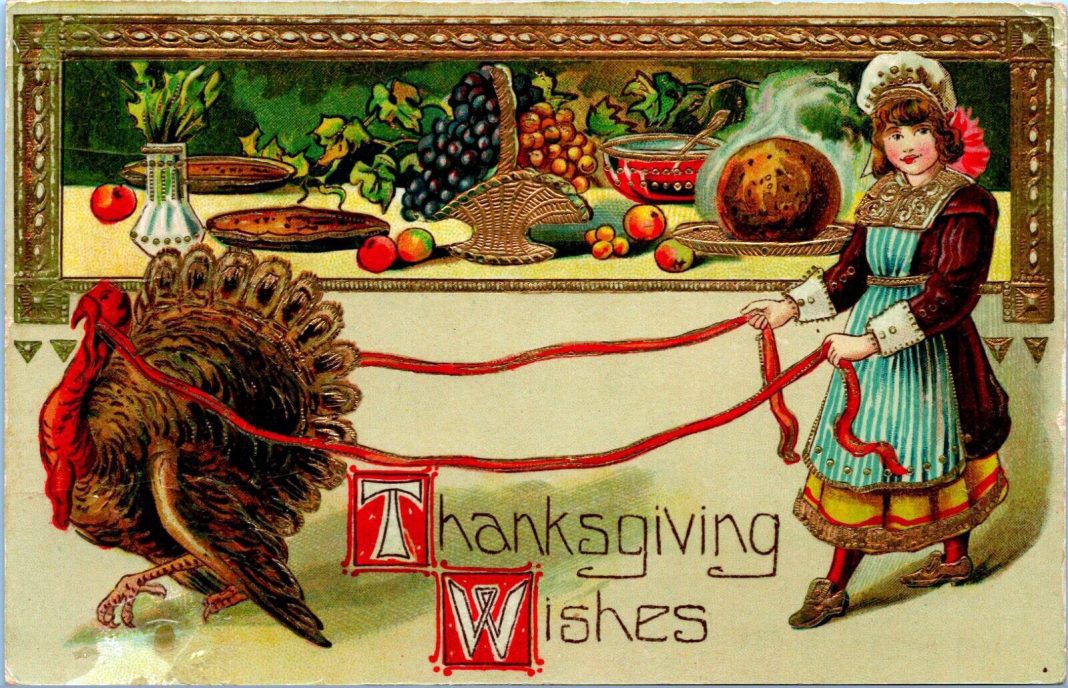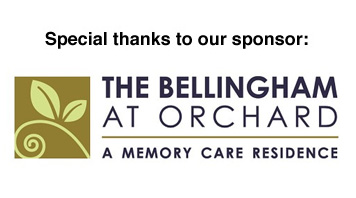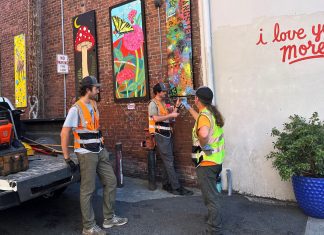For many folks, Thanksgiving is a special celebration, full of tradition and happy memories. It’s important to also acknowledge and honor the truth about the holiday while supporting our Indigenous peoples every day of the year. How Thanksgiving was celebrated in Bellingham at the turn of the 20th century, more than a hundred years ago, was both familiar to and very different than today.
Long celebrated in New England, Thanksgiving became a national holiday in 1863 by presidential proclamation. Until 1939, Thanksgiving was celebrated on the last, rather than the fourth Thursday of the month. President Franklin D. Roosevelt moved the date to boost Christmas shopping in an attempt to aid the country’s economy, which was still troubled by the Great Depression.
Planning Thanksgiving Dinner
Thanksgiving was a chance for early-1900s Bellingham families to gather together and celebrate. The familiar traditional Thanksgiving meal had already been established, but turkey was sometimes too expensive. Chicken and goose were popular substitutes — but turkey was preferred.
“Turkey,” wrote the Bellingham Herald on November 29, 1916, “cranberry sauce, mince pie a la New England, pumpkin pie a la Indiana, and all other ‘fixin’s’ — may you fill up on them to the point of ‘nuff’ tomorrow.” For those worried that “nuff” might be too much, Doctor Woods Hutchinson of the Woman’s Home Companion magazine, assured readers of the paper in 1910 that Thanksgiving was the “most wholesome of all the dinners of the year” and only overeating and nervousness made people ill from it.
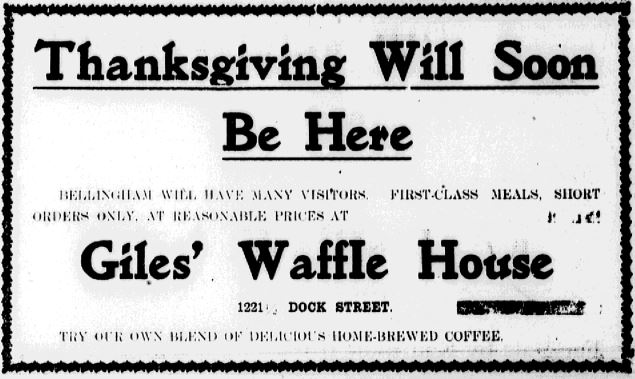
For those wanting to keep their children from overeating, they might have been relieved to read in 1922 advice from Louise Hayes, a domestic science instructor and dietician from Chicago. She published a simple meal plan for kids to avoid crankiness-inducing indigestion. It consisted of a simple breakfast of cooked cereal and dry toast to prepare delicate stomachs for a mid-day dinner of turkey, cranberry jelly, and mashed potatoes. She recommended a light supper of bread and milk to end the day.
Family Holiday
For those far from home, Thanksgiving could be a lonely holiday. Logging camps, which typically either closed or worked a half day, celebrated with a special dinner. This also extended to logging ships docked in the harbor. “You must imagine,” Captain Hansen of the Tallac told reporters on November 27, 1907, “about thirty hearty men at a table loaded with good things. No, we don’t starve by any means.” Even prisoners in the county jail could take a break from their normal diet of mulligan stew and bread for roast beef, gravy, mashed potatoes, mince pie, and pumpkin pie, as they did in 1905.
Community Holiday
While Thanksgiving was primarily a family holiday, organizations in the city also took the opportunity to come together to celebrate. Churches, sometimes groups of them, held special services on or near the holiday. Lodges and clubs also held celebrations. The Knights of Pythias, for example, held a masquerade ball at Swanton’s dance academy in 1903 and in 1920 about 500 couples enjoyed a dance at the local armory hosted by the National Guard.
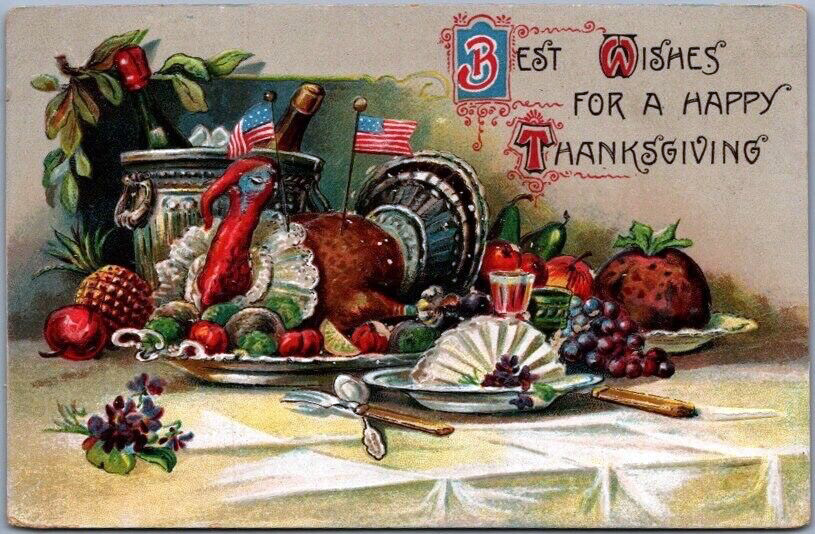
Schools often held Thanksgiving-themed assemblies, plays, and events before the holiday. In 1911, North Bellingham High School’s 17 literary societies held a joint meeting to share holiday readings. The Cicero Society recited the poem, “When Frost is on the Pumpkin” by James Whitcomb Riley, while the Kulshan Society read “Needle’s the Thanksgiving Visit.”
School football was another Thanksgiving tradition that was forming at this time. In 1917, Whatcom High School played a special game on the holiday against Fort Worden soldiers at Battersby Field. The artillery unit’s team, made up of former Bellingham men, wanted to avenge an earlier loss. In 1922, Whatcom High School returned to Battersby Field to play against Portland’s Jefferson High School team, marching in a parade to the site that morning.
Helping Those in Need
The turn of the century was a time of rising prices and a high cost of living. “As Thanksgiving day approaches,” the Bellingham Herald wrote on November 23, 1903, “let us not forget the poor and needy. And let that remembrance be something more substantial than mere words.” Many groups took this call to action to heart, including public schools, churches, Humane Society, the Salvation Army, and City Mission.
During this period, the City Mission was the most active charity organization at Thanksgiving. They distributed baskets of holiday dinner essentials among their regular outreach projects. These dinners provided “something extra” that would provide holiday cheer, as the Bellingham Herald wrote on November 24, 1906, encouraging readers to donate to the worthy cause. After all, they argued, “We would all miss the ‘trimmings’” if we could not afford them. With the help of the Salvation Army, the County Probation Officer, and others, volunteers canvassed the city to find those in need of a helping hand at Thanksgiving. Churches, lodges, women’s groups, and others donated money and food like fruit and homemade jellies to fill the baskets.
Time for Thankful Reflection
Since the turn of the century, much has changed. Traditional foods from other cultures have also become more a part of the holiday, as well as increased attention to healthier options including choices for people with food allergies and intolerances such as celiac disease. However, the continued traditions of family reunions, large meals, helping others, and reflections upon thankfulness would make a 21st century Thanksgiving very familiar to those celebrating more than a century ago.

